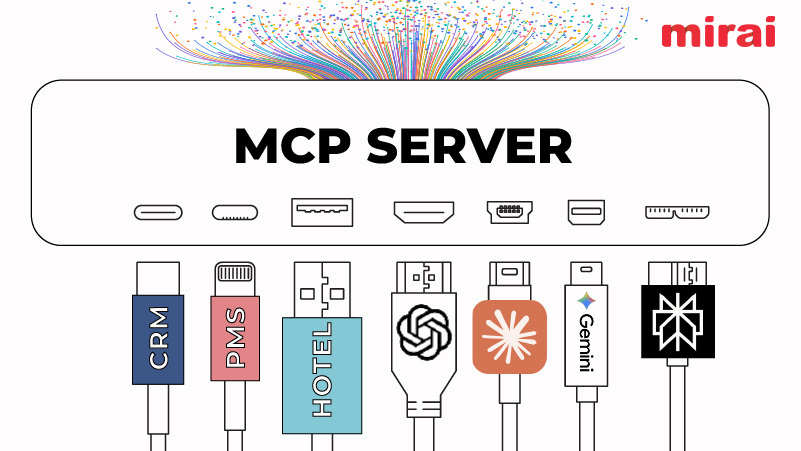
Opening a new hotel requires an ‘all-hands-on-deck’ approach. From checking the allowable voltage for hairdryers to staging rooms for test shots and much more, there’s an endless list of tasks to complete. Unfortunately, the most critical part of a pre-opening strategy oftentimes gets lost in the shuffle: the new property’s digital presence and strategy.
In today’s landscape, hoteliers cannot afford to forgo a pre-opening digital strategy, as this missing piece will lead to lost bookings and revenue not only for the first opening months, but will set the hotel up for over-reliance on the OTAs in the long term. Conversely, a hotel that has a strong pre-opening digital strategy will enjoy better transient and group business on the books upon opening. Having more direct business from the get go allows the property to build a receptive audience and better engage and retain past guests thus decreasing the need for over-exposure on the OTAs.
Supply is increasingly ahead of demand in most major U.S markets (STR Global). As more travel consumers in international markets have higher levels of disposable income, new hotels are opening in anticipation of this demand. Further, competitive metropolitan cities will experience tremendous increases—Downtown Denver will see a 20% increase in inventory with 1,848 new rooms; Miami will see 2,215 more rooms as 14 new hotels are slated to open; and New York will see an increase of 7,000 rooms, bringing total inventory to over 114,000. Not to mention, Airbnb alone is taking 10 to 12% of travel demand in New York City, Paris, London, and other major global metropolitan areas. This increase in supply makes a pre-opening digital strategy for any new hotel, especially in these markets, a must.
Hoteliers on pre-opening teams need to go beyond reactive solutions and relying on the allure of being a new hotel once the construction crew packs up.
What should a hotel include in its pre-opening digital strategy? Proper planning of brand education and market positioning leading up to the opening date will set the property up to win direct bookings, decrease overall distribution costs, and reduce its reliance on the OTAs. Here’s how to do it.
Solidify the Vision for the Brand and Future Hotel
Before a hotelier can begin to build their online presence, there needs to be a realignment of the vision for the brand. While the hotel concept may have started in one place, there is a good chance it developed over time with input from both new and existing stakeholders.
A review of Brand Objectives should come first.
This poses such questions as “Who is the target audience,” “What are the customer personas,” and “Have the brand pillars evolved?” The images, copy, and overall tone of marketing used to promote a hotel will shift along with its evolution. A strategic digital marketing agency will want to build out initiatives and campaigns as close to the current state of the brand as possible. For example, if a new hotel wants to enter the market as approachable and creative while reaching the well-traveled consumer with a higher disposable income, SEM ad copy and GDN banners would focus on communicating the experience, versus solely relying on a lead-in rate.




